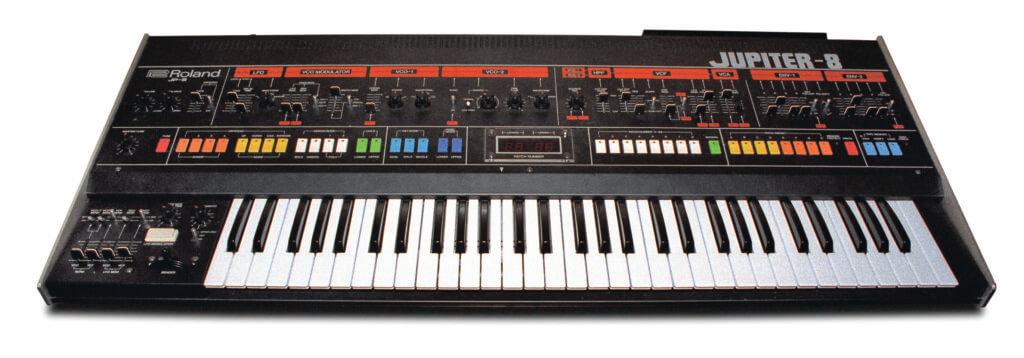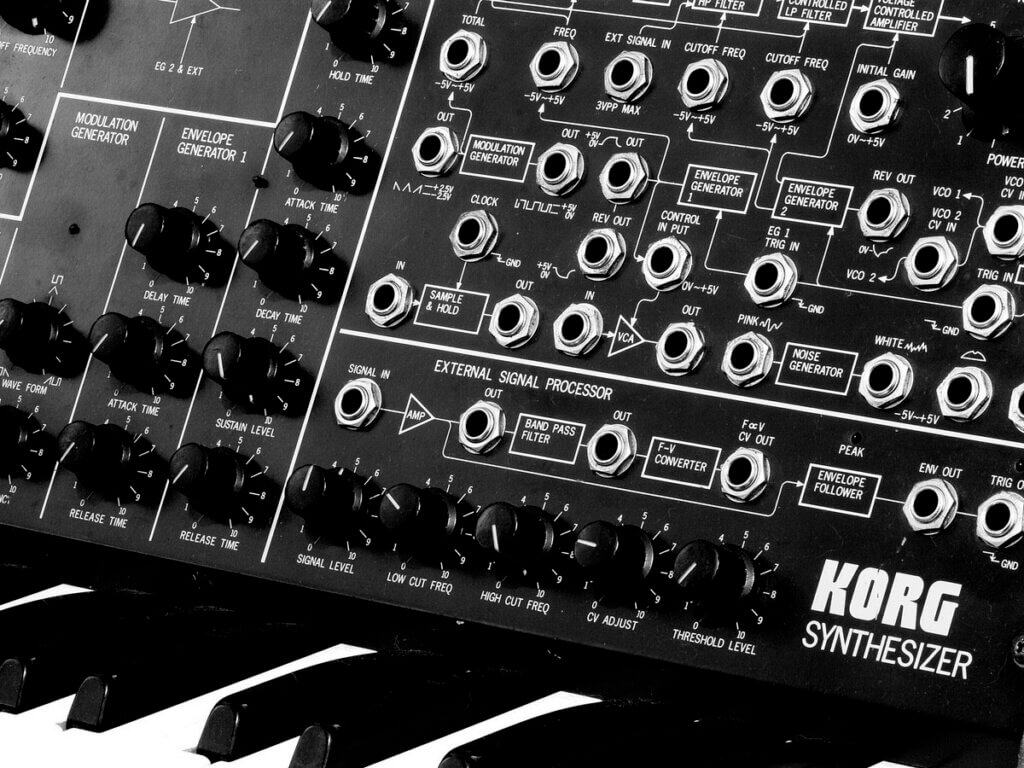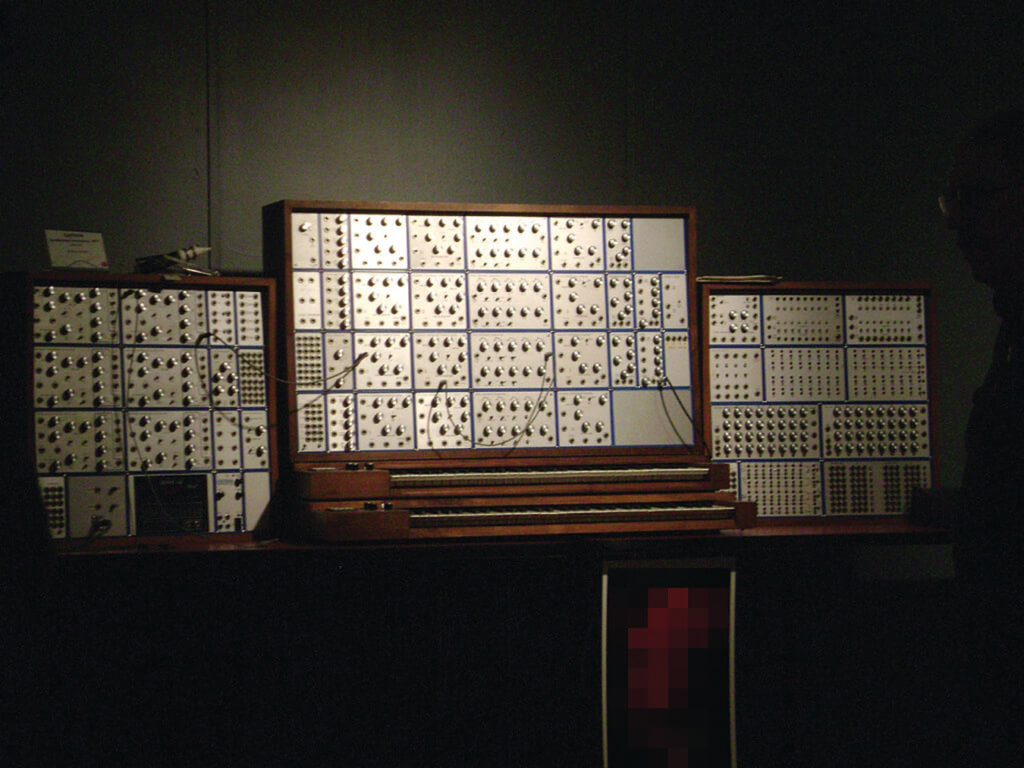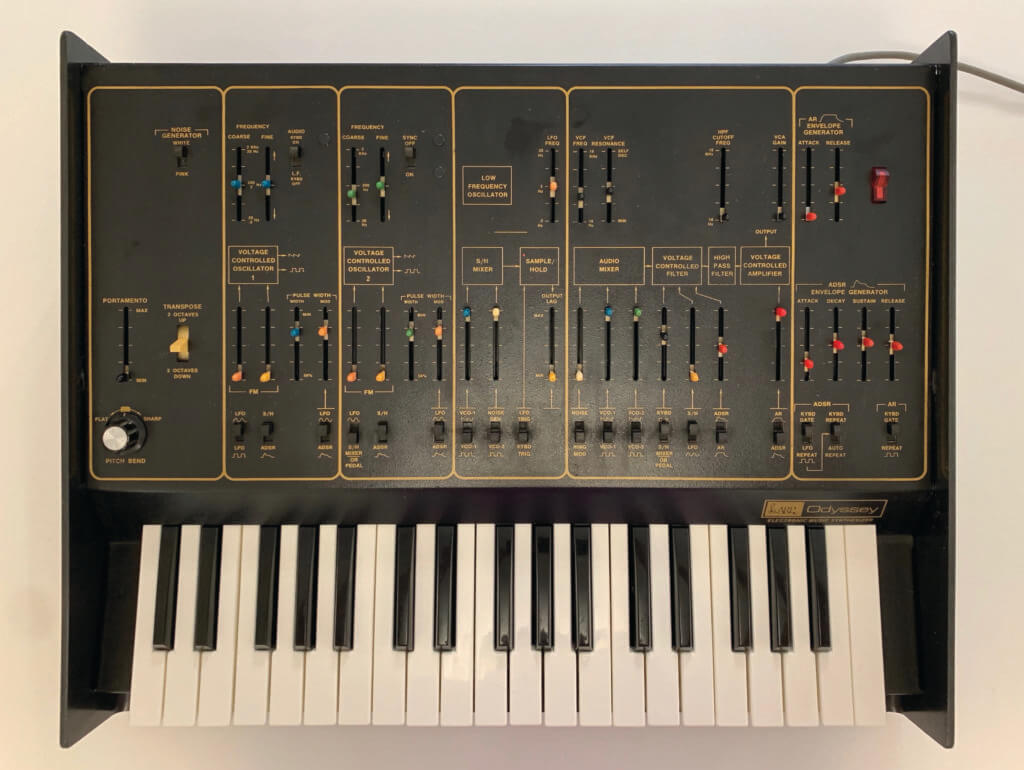Tips From the Pros at Syntaur

Vintage analog synths are all the rage these days – and for good reason. They sound fat and gorgeous!
But the downside is that when a vintage synth goes haywire, or stops working altogether, who will be able to fix it? Many parts for old synths have been obsolete for years, and techs who know their way around this sort of gear are getting few and far between.
Fortunately, we are in a golden era for analog! Not only are so many new ones being made, but IC chips that haven’t been manufactured for decades are now back on the market, and there are companies like us, Syntaur, that specialize in vintage synthesizer parts.

Roland Jupiter by by Ed Uthman
Surprisingly, much of what a vintage synth needs in maintenance and repair is easy to do. And even the more daunting issues can often be solved with a little detective work. For synths with J-wire key triggers (the Minimoog and the Arp Odyssey are two popular examples), a good maintenance tip is to simply play them! When they sit unused for long periods, the wire contacts can oxidize, resulting in keys that won’t sound at all, or that wobble around in pitch in a crazy fashion.
If this happens, just give the offending keys a lot of exercise – play them repeatedly – and see if the trouble goes away. If not, you will need to clean the bus bars and J-wires with rubbing alcohol on a cotton swab, being very careful not to bend the fragile J-wires. Just one word of caution: Make sure the synth is unplugged from power before getting inside it!
One J-wire issue that is pretty common is a synth that plays only one note, no matter which key you press, or that keeps on sustaining a note forever. This can be a very easy fix, as it is often caused by a J-wire that is stuck on the bus bar, usually because it somehow got pressed too far and ended up on the wrong side of the bar. If you can get to the bottom of the keybed, it will be obvious if a J-wire is in the wrong place – it will look different from the contacts on every other key. Just gently nudge it to its correct orientation, and the problem should be solved.

KORG MS20 by Noel Feans
For polyphonic synths, you may experience a dead voice, or a voice that just sounds wrong. Usually, the voices cycle as you play notes, so on a 6-voice synth, for instance, just count along as you play single notes. If every sixth note is goofy, you know that the problem is with one particular voice. And by consulting the service manual (the manuals for most vintage synths can be found online for free), you can usually determine which exact voice is the culprit.
Often, a calibration will cure such woes. But a word of caution: calibrations usually require some electronic test equipment and tech skills. And while the procedure should be outlined in the service manual, the procedures are often hard to decode. Unless you are pretty confident in your abilities, know that a calibration gone bad can make your synth sound much worse! So, you might want to consult a pro (like us!) for this.
If you have a dead voice in a polysynth, take advantage of the fact that you have several other working voices right next to it! The individual voices are usually designated on the circuit board, making it easy to see all of the components in each voice. If chips are socketed, you can easily swap a chip from the dead voice to a working voice, and see if the problem stays where it was, or moves to the other voice. When it jumps to another voice, you know you have found a faulty chip, and you can go on the hunt for a replacement.

Another common issue with synths is wiring connections that have become loose. If something is not working correctly, unplugging and re-plugging wiring connections is often all that is needed. The same can happen with IC chips that are socketed. While you can pull them and then reseat them, there is danger of bending a pin under, or of harming fragile chips with static electricity. It is much safer to simply leave the chips in their sockets, press down firmly on them, and make sure they are all the way seated.
A final thing to mention is the power supply. This can be a common source of failure on synths, and if you turn on the power switch and get no response at all, the power supply is the first thing to check. If there is a fuse, be sure and check that it is not blown (a continuity tester is great for this).
If you have a voltmeter, you can measure the output voltages from the power supply and compare these to what the service manual specifies. But this requires working around dangerous voltages, and is only a job for someone with some tech experience. The good news here, though, is that power supplies are typically rather simple, and use common components. So, if there is trouble here, it should be easy for just about any competent electronics tech to fix, even if they know nothing about synthesizers.

ARP Odyssey by Alison Cassidy
Once you know some of the tips and tricks, owning a vintage analog synth can be much easier on the brain and the budget!
ABOUT THE AUTHOR
Sam Mims is the owner of Syntaur, a company dedicated to providing repair parts for just about every synthesizer ever made. He is the director of ‘Synth Wizards,’ a highly acclaimed YouTube series that is a bit like ‘American Pickers’ for synthesizers. Learn more at https://syntaur.com
